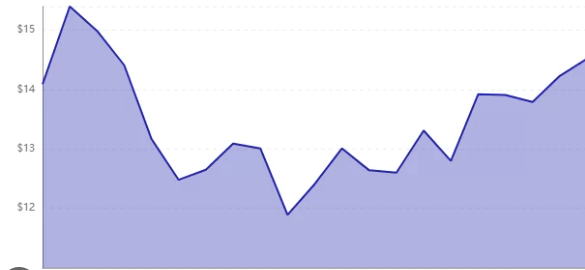How to Make Lucid Stock Price Prediction Easier

One of the most frustrating things about investing is trying to make sense of the stock market. Prices go up and down, making it difficult to know when to buy or sell. If you’re looking for a way to make price prediction easier, you can do a few things. First, gather as much data as possible. This includes financial statements, company history, and more. Second, use trend analysis to help identify patterns. Finally, use technical analysis to better understand the stock’s technical indicators. Using these three tools, you can make predictions that are more accurate and easier to follow. With this knowledge, you will be able surely to make better decisions regarding stock market investing.
What is Lucid Stock Prediction?
Lucid stock prediction is an easier way to predict the future price of stocks. It uses a model that predicts future stock prices based on past data. This method can help analysts and investors decide when to buy or sell stocks.
Several models can be used for lucid stock prediction, but the most popular is the technical analysis model. This model uses indicators such as moving averages and Bollinger bands to assess market conditions and predict future prices. Other models using different data inputs include trend, fundamental, and sentiment analysis.
It is important to note that lucid stock price prediction is not 100% accurate. However, it can help analysts and investors better understand the market dynamics and make more informed decisions about when to buy or sell stocks.
How to Make a Lucid Stock Price Prediction
Several factors go into predicting the stock price of a particular company. Some of these factors can be difficult to predict, such as future earnings or trends in the market. However, there are also simple measures that you can use to make a more accurate prediction.
The first step is to identify the drivers of stock prices. These drivers can be either financial or non-financial factors. Financial drivers include dividends, earnings per share (EPS), and price-to-earnings (P/E) ratios. Non-financial drivers include things like management performance, company outlooks, and prospects.
Once you have identified the drivers of stock prices, you need to estimate their impact on the stock price. This impact can be positive or negative, depending on the driver. For example, if a financial driver is increasing the value of the stock, then its impact will be positive. On the other hand, if a non-financial driver is causing downgrades or threatening the extinction of a company’s operations, its impact will be negative.
After estimating an effect for each driver, you need to combine these effects into one estimate for the overall impact of all drivers on the stock price. This overall estimate is called the risk adjustment factor (RAF). The RAF allows you to balance out different risks associated with different drivers to arrive at an accurate prediction for the stock price.
By using this process, it becomes much easier to make a lucid
Conclusion
Making lucid stock price prediction can be daunting, but with the proper techniques, it can be made much more straightforward. This article will outline some of the best methods for predicting stock prices using lucid dreaming. By understanding how lucidity affects stock prices and how to use it to our advantage, we can make more accurate predictions and better investment decisions. So, if you want to improve your financial knowledge, read on!




